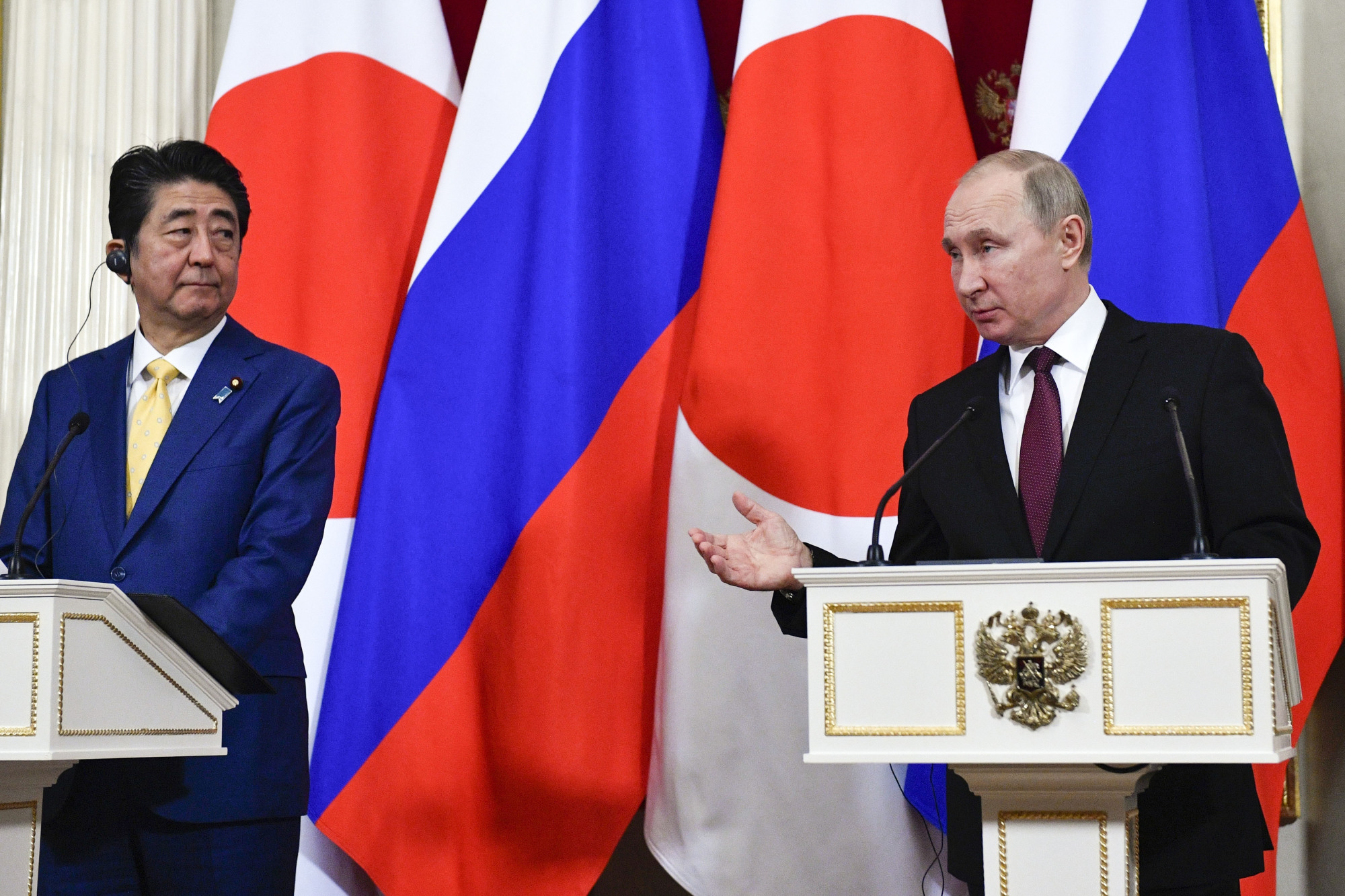On March 5, Senior Deputy Foreign Minister Takeo Mori and his counterpart, Igor Morgulov, met in Moscow to continue peace treaty talks between Russia and Japan, thereby raising the prospects of ending the abnormal state of relations that has existed since the Soviet Union declared war on Japan in August 1945. This was the second such meeting since a new framework for talks was agreed between Prime Minister Shinzo Abe and President Vladimir Putin at the end of 2018.
Little has been made public about the details of the discussions, yet it is widely reported in the Japanese media that Abe is aiming to conclude an outline agreement when Putin visits Japan for the Group of 20 summit in June. What would such a peace agreement include and can it be delivered?
The first priority for the Japanese side is that the document addresses the countries' dispute over the Northern Territories, which are known in Russia as the Southern Kurils. It is these disputed islands that have prevented the conclusion of a peace treaty due to Japan's refusal to sign an agreement until the status of the territory is resolved. As Abe told the Diet on Feb. 11, the demarcation of the border is therefore an essential part of any deal.

















With your current subscription plan you can comment on stories. However, before writing your first comment, please create a display name in the Profile section of your subscriber account page.